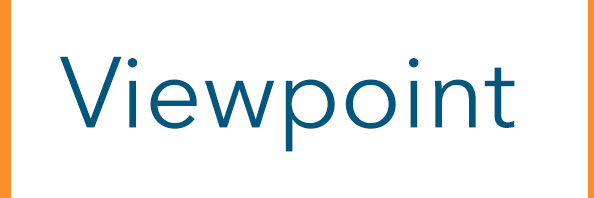As community colleges look into a historic level of turnover in their presidencies, the challenges are frightening. Yet, within those challenges opportunities abound to ensure long-term sustainability of these veritable American institutions of learning and of the communities that nurture them.

Unlike most universities and private liberal arts colleges, community colleges often have geographical constituencies or service areas that are defined by law, regulation, tradition or all three of those factors. A majority of the students of most community colleges are drawn from that constituency and often the superintending boards are partially or fully elected from that constituency as well. Put another way, if a large R1 university prides itself on being “global,” the community college across town rightfully celebrates its “local” roots. The “community” in the “community college” is a real thing and so is the community interest in ensuring the viability of these venerable institutions by means of leadership continuity.
Herein the elected and appointed boards of trustees can take three major policy steps to turn this challenge into opportunities for greater viability: promoting diversity in the search pool, championing “rootedness” of future chief executives, and removing superfluous barriers to recruitment of cabinet-level senior leaders.
On different paths
The traditional path of community college chief executives has been pretty, well, traditional: faculty, chair/lead, dean, vice president of instruction/academics, president. As of 2017, 59% of community college presidents who are not holding acting or interim appointments have followed that path.
The community college though has evolved from being a conglomeration of classrooms and laboratories collocated with the local high school to an organization that often has budgets in the hundreds of millions and caters to needs whose diversity ranges from typical pre-baccalaureate transfer programs to community education to workforce development. Why not open up the presidency of such an organization to individuals who bring a diversity of leadership experience and breadth of executive expertise in business, philanthropy and public service in addition to having terminal academic degrees? Or perhaps even broaden the current pathway to include those who head an institution’s portfolios of student services, enrollment management, finance and technology?
A public college is not a business and should never be one; but certain business principles of efficiency, outcomes measurement, and stakeholder relationship building could only help the learning process when modeled from the top. At the very least, opening up the recruitment pipeline to a broader group of leaders with a more diverse array of successful life experiences would help ameliorate the effect of the tightest labor market in a generation.
An astute assessment
Slim pickings in the recruitment market should not be an excuse for lowering standards. In fact, given the local community interest and investment in the community’s college, a broader search for a new president brings along the opportunity of finding a fit with the long-term vision that the community has for its college. A new president who is either already rooted in the community or is enthusiastic about growing those roots quickly is a good bet for being a leader receptive to that vision.
That said, a good bet is not a sure bet as any business professional knows; there is nothing written on the forehead of a candidate that says. “I am going to make this job my career and this community my home for a long time.” Yet, there are signs that can be detected on resumes, interviews and behavior. Does the resume show a habit of hopping from place to place for the next step on the ladder? Is the candidate more enthusiastic about building a shiny new million-dollar Mac lab than expending the legwork connecting students to local internships and apprenticeships? How does the candidate perceive local taxpayers–as interactive partners in a common mission or simply as sources of operating revenue?
Cut red tape
The best president is hamstrung without qualified staff on board with her. Again, the labor market being what it is, community college vacancies, especially in technology and analysis-related jobs, are daunting and show little signs of getting better.
Some human resource departments have stepped up to the challenge by proactively streamlining internal processes for staff recruitment. Many others, unfortunately, remain mired in bureaucratic processes that made sense in times of plenty. Does every salaried position need multiple levels of approval to post, several committees to vet, a dozen forms to fill, and torturous multi-player negotiations to offer a starting salary? If the answer to that question is in the affirmative, as it is in many colleges, it’s no surprise that good candidates go to organizations that respect their time and don’t put them through a two-month-long steeple chase from the posting of an announcement to hearing a decision.
A community college’s board of trustees is the fiduciary of that community’s trust insofar as their college is concerned. That trust will be strengthened further if these boards proactively get ready, if they are not already, for the wave of presidential transitions that are on the horizon. How those transitions are handled could make the difference between a mediocre community college in one county and an excellent one in the county next door.

